The volcanic Kuju Mountain Range running through the prefecture is the source of Oita’s many onsen hot springs, the most in all of Japan and a major tourism draw. The city of Beppu, at the western end of Beppu Bay, is famous for its onsen baths, which are fed by eight different springs. Beppu is particularly famous for its seven very hot onsen, referred to as the seven hells of Beppu. Although the seven hells are for viewing only as they are far too hot for a dip, there are a wide variety of baths that offer options ranging from mud baths to steam baths.
Just a few kilometers away from Beppu is the hot spring resort town of Yufuin, which, although smaller than Beppu, boasts many cafes, museums and shops. Tucked beneath the two peaks of Mount Yufu, the picturesque town’s rural scenery makes it a popular place for bathers to stroll around. Unlike many hot spring towns that have their inns and hotels lining the main street, Yufuin’s main street is home to boutiques, eateries and museums, while the places to stay are spread out among the side streets.
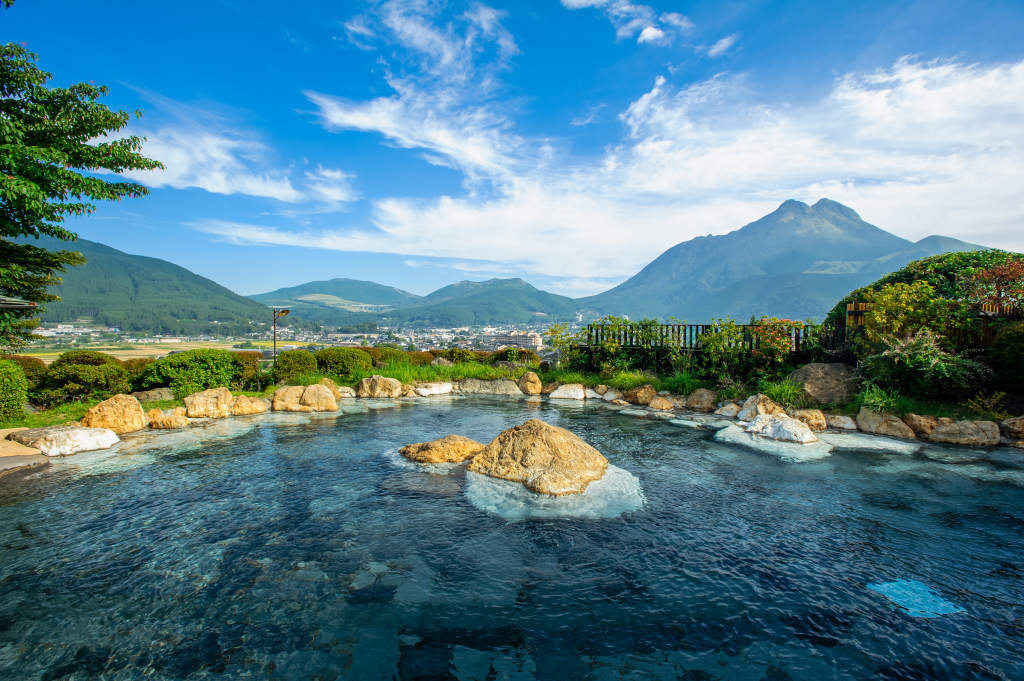
Yufuin Onsen
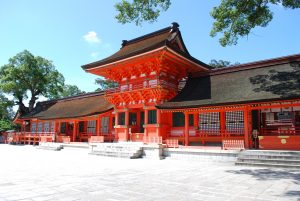
Usa Shrine
The Kunisaki Peninsula is a rural area of farmlands surrounding Mount Futago. There are many temples and shrines in the area, including the historic Usa Shrine. Usa Shrine is the main shrine of the God Hachiman and is the second most important Shinto shrine in the country behind Ise Shrine in Mie Prefecture.
Culinary paradise
Thanks to different types of terrain and its coastal areas, Oita Prefecture is widely known for producing a variety of food, ranging from top-tier wagyu to an incredible array of seafood, as well as fruits and vegetables.
Treasures from the sea
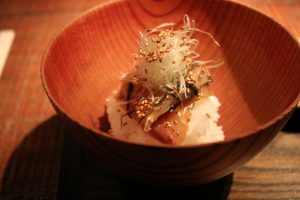
Ryukyu
Aji (horse mackerel) and saba (mackerel) are likely the fish Oita is most famous for. It is believed that the rough seas of the Hoyo Strait in the Bungo Channel make fish richer and more flavorful; and the aji and saba caught there pretty much prove the theory true. Other notable seafood from Oita includes tiger prawns, noble scallops, tiger pufferfish and farm-raised yellowtail, which is delicious served as sashimi with a splash of kabosu (Oita’s signature citrus fruit). Yellowtail is also excellent served as sushi, ideally placed atop one of Oita’s premier rice brands. One traditional seafood dish of Oita is known as ryukyu. Possibly named after the Ryuku Islands, as Okinawa is also known, ryukyu consists of sliced fish marinated in soy sauce and mirin and topped with the prefecture’s own green scallions.
The people of Oita love chicken and the prefecture may well be Japan’s No. 1 consumer with toriten and kara-age being local favorites. Toriten consists of bite-sized pieces of chicken, seasoned with garlic, ginger and sake that are dipped in flour and deep-fried tempura style. Toriten is often served with a slice of kabosu, a side of mustard and a sauce made with soy and citrus for dipping. They make for a lighter meal than their counterpart, kara-age. These delicious bits of chicken are served across Japan in bars, pubs and convenience stores. They differ from toriten in that they are dipped in seasoned flour before deep-frying, resulting in a heavier and crispier coating. Oita Prefecture is also a major egg producer, shipping top-quality eggs all over Japan.
Mainly confined to a few places, the climate and environment of Kunisaki, Taketa and Bungo-Ono cities are ideal for raising pork and Oita farmers are rightly proud of raising high-quality pork.

Grilled Oita Wagyu Steak with Kabosu
Although not as well known as the Kobe variety, Oita’s Bungo beef very much holds its own in the rarefied world of fine wagyu, or Japanese beef. “Bungo” is an old name for Oita Prefecture, and was long known as that to the Western world. Deeply marbled and extremely tender, top-quality Bungo beef can be enjoyed in a variety of ways. One favorite method of preparing Oita’s beef is sukiyaki, which sees beef cooked in tallow and sugar and topped with soy sauce, before it’s dipped in raw egg and eaten. Another popular way to eat the beef is shabu-shabu, where thin slices of beef are briefly dunked in a pot of boiling water then dipped in various sauces, including sesame and ponzu. Another simple and delicious way to enjoy the rich flavor of the beef is a well-cooked steak, which allows the flavor of the juices to be best enjoyed.
Wide range of produce
In addition to kabosu citrus, green scallions and rice, Oita is home to a huge range of fruits, vegetables and mushrooms. Around 50% of the country’s dried shiitake mushrooms come from the prefecture. In drying the mushrooms, heat and enzyme processes increase the amount of guanylate in the mushrooms, a key component of rich, umami flavor.
Among Oita’s vegetables are green and white scallions, shiso, tomatoes known for their sweetness and Kanta-kun brand sweet potatoes. The prefecture is also known for grapes, including the New Pione and Shine Muscat brands, two large seedless varieties that are produced in the cities of Usa and Hita. Huge Niitaka pears, Amakusa oranges, greenhouse Mandarin oranges, Saga Honoka strawberries and Oi-ta’s original Holy pears are among the other fruits that Oita Prefecture is famous for.
Located just 90 minutes by air from Tokyo, travelers should definitely make the prefecture part of their itineraries. Whether studying the rich history, exploring the beautiful mountains and seaside or sampling the culinary bounty on offer, Oita Prefecture surely has something for everyone.

Story by James Souilliere
From WINING & DINING in TOKYO 55

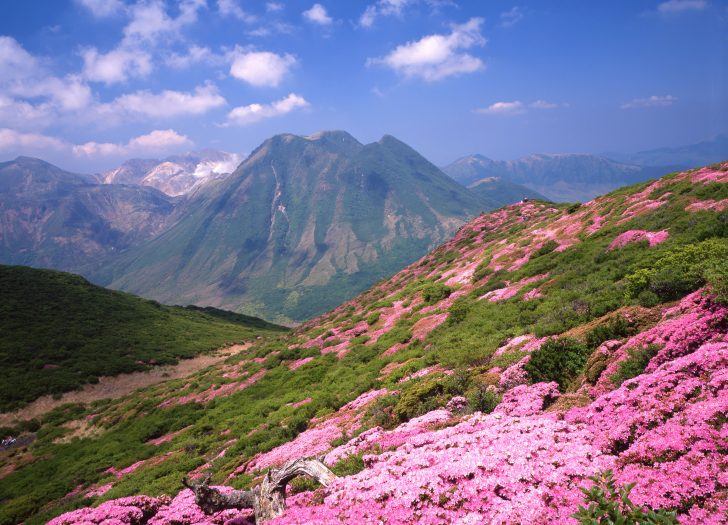

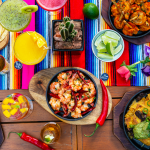


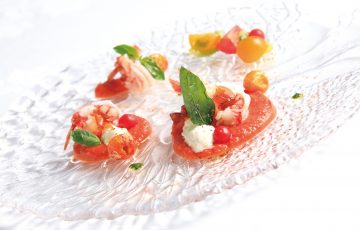
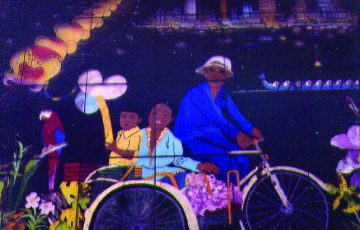
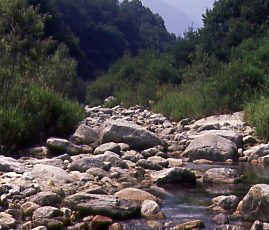






Recent Comments